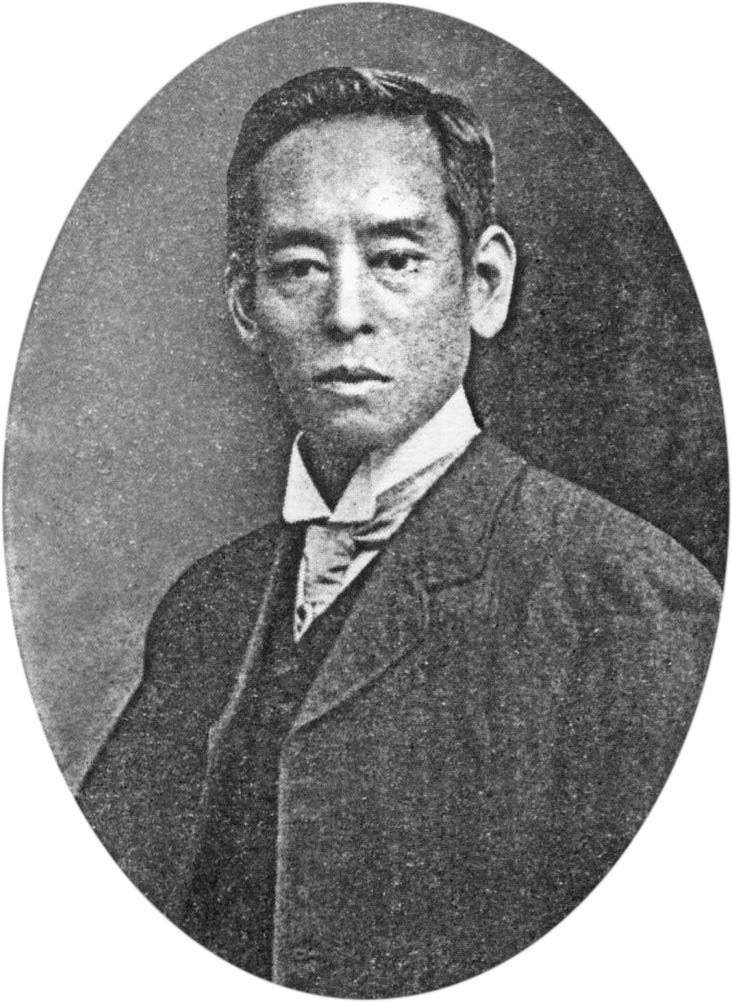T. Enami on:
[Wikipedia]
[Google]
[Amazon]
 was the
was the
File:Japanese Lantern Makers.jpg, Japanese Lantern Makers
File:T. Enami - Girl with Umbrella in Snow.jpg, Girl with umbrella in snow
file:Japanese packhorse (ni-uma or konidauma).jpg, Japanese pack horse carrying two women
file:Old Japanese military paraphernalia.jpg, Japanese military paraphernalia
file:Meiji period Japanese pack horse.jpg, Woman riding pack horse, 1892-1895
 was the
was the trade name
A trade name, trading name, or business name is a pseudonym used by companies that do not operate under their registered company name. The term for this type of alternative name is fictitious business name. Registering the fictitious name with ...
of a Meiji period
The was an era of Japanese history that extended from October 23, 1868, to July 30, 1912. The Meiji era was the first half of the Empire of Japan, when the Japanese people moved from being an isolated feudal society at risk of colonizatio ...
Japanese photographer. The T. of his trade name is thought to have stood for ''Toshi'', though he never spelled it out on any personal or business document.
Biography
Born inEdo
Edo (), also romanized as Jedo, Yedo or Yeddo, is the former name of Tokyo.
Edo, formerly a (castle town) centered on Edo Castle located in Musashi Province, became the '' de facto'' capital of Japan from 1603 as the seat of the Tokugawa shogu ...
(now Tokyo) during the ''Bakumatsu
were the final years of the Edo period when the Tokugawa shogunate Meiji Restoration, ended. Between 1853 and 1867, under foreign diplomatic and military pressure, Japan ended its isolationist foreign policy known as and changed from a Feudali ...
'' era, Enami was first a student of, and then an assistant to the well known photographer and collotypist, Ogawa Kazumasa. Enami relocated to Yokohama, and opened a studio on Benten-dōri ( Benten Street) in 1892. Just a few doors away from him was the studio of the already well known Tamamura Kōzaburō. He and Enami would work together on at least three related projects over the years.
Enami became quietly unique as the only photographer of that period known to work in all popular formats, including the production of large-format photographs compiled into what are commonly called "Yokohama Albums". Enami went on to become Japan's most prolific photographer of small-format images such as the stereoview
Stereoscopy, also called stereoscopics or stereo imaging, is a technique for creating or enhancing the depth perception, illusion of depth in an image by means of stereopsis for binocular vision. The word ''stereoscopy'' derives . Any ster ...
and glass lantern-slides. The best of these were delicately hand-tinted. His images in all formats eventually appeared in books and periodicals having press-runs in the millions. The Japanese stereoview lines of at least three major American publishers were made up entirely of T. Enami images.
Enami survived the 1923 Great Kantō earthquake
The 1923 Great Kantō earthquake (, or ) was a major earthquake that struck the Kantō Plain on the main Japanese island of Honshu at 11:58:32 JST (02:58:32 UTC) on Saturday, 1 September 1923. It had an approximate magnitude of 8.0 on the mom ...
, and rebuilt his studio which had been destroyed by the quake and subsequent fire. After his death at age 70 in 1929, his first son Tamotsu took over the studio until it was once again demolished in 1945 by the Allied bombing of Yokohama during World War II
World War II or the Second World War (1 September 1939 – 2 September 1945) was a World war, global conflict between two coalitions: the Allies of World War II, Allies and the Axis powers. World War II by country, Nearly all of the wo ...
.
Legacy
Because Tamotsu shared the initial "T" with his father, photo-historians later confused attribution of the father's photographs with those produced by his son. Terry Bennett, in his book ''Photography in Japan 1853–1912'' offered interesting commentary concerning the "father or son" attribution problem. The Enami family in Yokohama later resolved the mystery: Tamotsu was not a photographer, and T. Enami never stood for Tamotsu Enami. Rather, the son maintained the studio, and continued the production and sale of his father's old photographs. Fortunately, due to sharing the same first-name initial with his father, he didn't have to change the letterheads or labels of the company ephemera. These revelations, and other biographical data appeared in an essay and stereoview index entry written by Okinawa-based photo researcher Rob Oechsle, and published in Bennett's follow-up volume, ''Old Japanese Photographs – Collectors' Data Guide''. Philbert Ono of PhotoGuide Japan has also speculated on the possibility that T. Enami intentionally named his son with a leading T in the hope that he would someday take over the studio. Perhaps the greatest posthumous honor conferred on Enami was the selection of one of his images to be the sole inset-photograph appearing on the first-edition cover of the monumental ''Odyssey, The Art of Photography atNational Geographic
''National Geographic'' (formerly ''The National Geographic Magazine'', sometimes branded as ''Nat Geo'') is an American monthly magazine published by National Geographic Partners. The magazine was founded in 1888 as a scholarly journal, nine ...
''.''Odyssey, the Art of Photography at National Geographic.'' Charlottesville: Thomasson-Grant, 1988. Early in their history, Enami had been a contributing photographer to the magazine.
Photographs by T. Enami
References